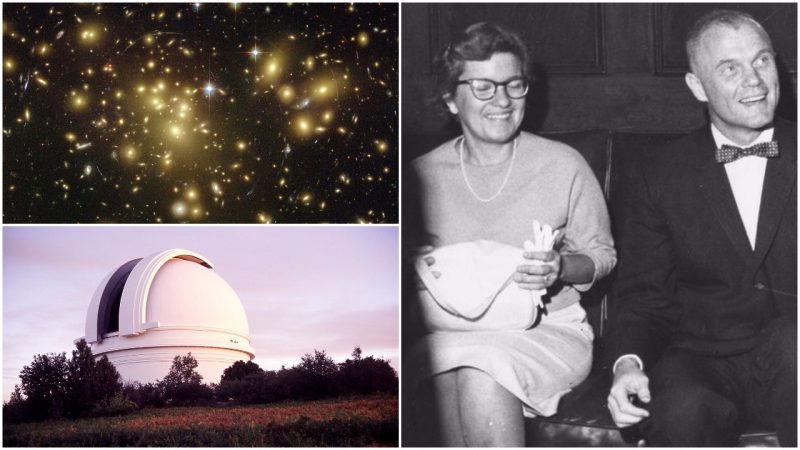The world of science and astronomy would have been quite different if it wasn’t for Vera Rubin. Less known to the wider audience, Rubin is a woman scientist from Philadelphia, who made a significant contribution in finding accurate evidence of dark matter by discovering that galaxies do not rotate quite the way they were predicted to do.
It is not only her immense contribution to science that is of huge importance, but also her inspirational and courageous story, and its significance for the affirmation of women into modern astronomy.
It was with great sadness to receive the news that Vera Rubin, has died on Christmas Eve, aged 88. The reasons for her passing away was from natural causes, as her son has respectively reported earlier this week.
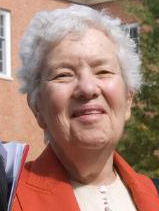
She was the first woman to establish herself in the men-dominated world of astronomy; her ground-breaking research helped the scientific branch elevate to what it is today.
Her interest in astronomy started at very young age. Her father Philip Cooper who was an electrical engineer helped Vera build a telescope and took her to meetings of amateur astronomers.
Rubin earned her BA degree in astronomy from Vassar College and went to enroll at Princeton only to learn that women are not allowed in the graduate astronomy program – that was so until 1975. Instead, she has enrolled for Master degree studies at Cornell University.
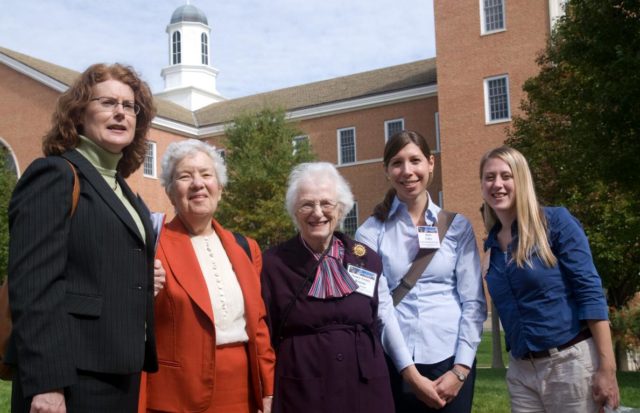
She pursued her studies in physics under Philip Morrison, most well-known for his work on the Manhattan Project during WWII, and quantum physics under Richard Feynman and Hans Bethe, both who have won a Nobel Prize for their achievements in Physics during the 1960s.
Rubin’s work was continually rejected
Vera completed her studies in 1951, and by that time she already made one of the first critical observations of galaxies. She came up with arguments that revolved around the claims that galaxies might not rotate around unknown centers, as the Big Bang theory suggested it at that time.
Rubin asserted that galaxies were rather moving outwards. When she first presented her ideas and arguments, none of them was much appraised as it all deviated from the orthodox methods under which astronomy research operated back in the day.
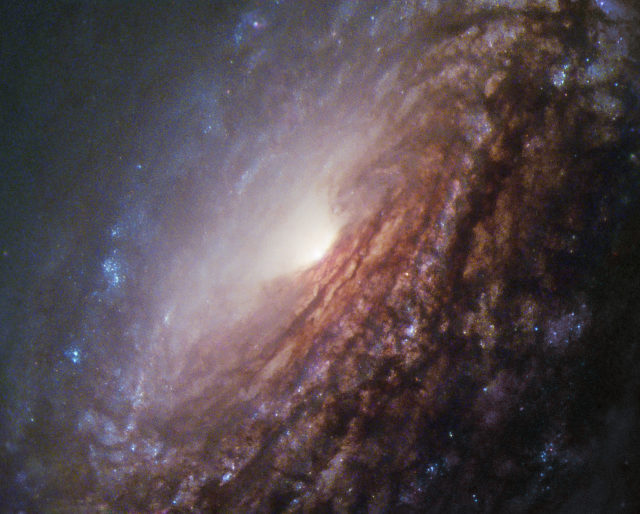
Her claims also stated that galaxies clamped together, while popular belief was that they are randomly distributed throughout the vastness of space. She believed that clusters of galaxies exist together and her very attempt to explain all of this led to the theory of dark matter.
Despite the continual poor reception and rejection of her work at first, Vera Rubin continued to go against the wind and continued to examine the behavior of neighboring galaxies, with a particular focus of Andromeda, the closest one to our Milky Way.
In a 1996 interview with psychologist Mihaly Csikszentmihalyi, she revealed “I think I was terribly naive all along and when I came upon obstacles I don’t think I took them very seriously. I just felt that the people who presented obstacles really did not understand that I really wanted to be an astronomer. And I tended to ignore them or dismiss them, so I don’t think the obstacles have been severe. In general, I think they were just a lack of support. I always met teachers who told me — in college, in graduate school — to go and find something else to study… they didn’t need astronomers… I wouldn’t get a job… I shouldn’t be doing this. And I really just dismissed all that. I just never took it seriously. I wanted to be an astronomer and I didn’t care whether they thought I should or should not. So, somehow or other I just had the self-confidence to ignore all those bits of advice.”
Throughout her lifetime, Vera examined well over 200 galaxies.
The astronomer who helped find evidence of dark matter
After her graduation, Rubin proceeded to work as a teacher and professor. She held position at the Georgetown University, where she also had completed her Ph.D. In 1962, she became an assistant professor there.
In 1965, she became the very first woman that was allowed to use the instruments of the Palomar Observatory. Before Rubin, virtually no other woman has been authorized access to the facilities.
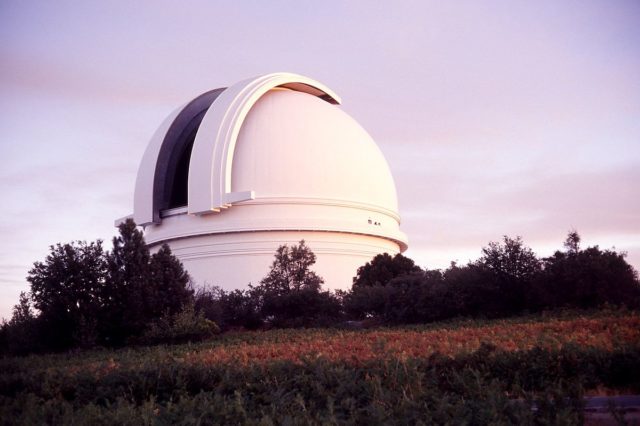
In the following years, Rubin worked close with her life-long friend and instrument maker, Kent Ford. Hence, she was able to conduct hundreds of scientific observations. An observation of over 200 galaxies, is certainly something that not every other person can brag about in life.
Rubin managed to pioneer work on galaxy rotation rates, and her research from the 1970s proved that galaxies are rotating so fast that they would fly apart, only if it wasn’t for the gravity of their constituent stars which was holding them together.
That also lead to the conclusions that Newtonian gravity does not apply in a universal manner, and that an invisible matter must exist around the galaxies. All of her work was affirmed in the following decades.
Even to date, the nature of dark matter is still unknown, but its presence is of utmost importance to understanding the future of the universe. Dark matter approximately makes up 27% of the universe, but it cannot be directly observed. Scientists still define it by providing parameters of what isn’t dark matter.
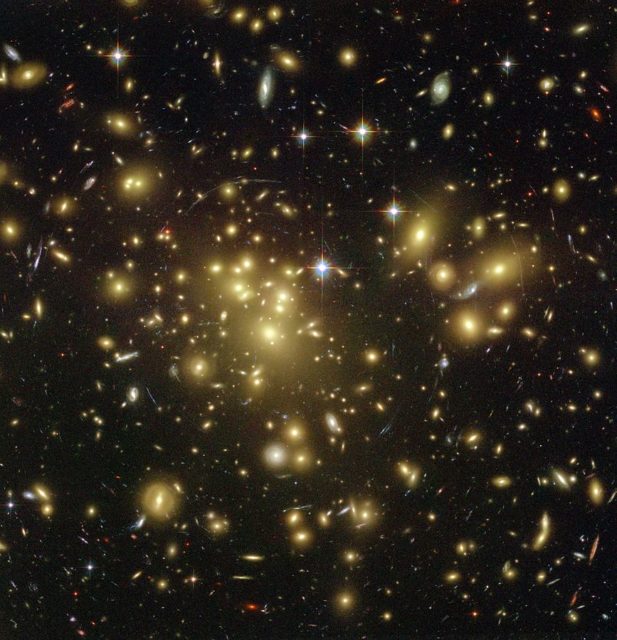
Rubin’s tremendous contribution to astronomy has eventually brought her numerous rewards, including the Gold Medal of London’s Royal Astronomical Society. She was the second woman to receive this medal, following German astronomer Caroline Herschel for her discovery of several comets way back at the end of 18th century.
She also received the National Medal of Science from President Bill Clinton in 1993, “for her pioneering research programs in observational cosmology”.
Vera remained dedicated to her research on galaxies and space until her very last days.
Finally, we are certain that we still have many reasons to smile and many ways how we can celebrate the life and work of Vera Rubin.
Read another story from us: Margaret Hamilton – Her code got man on the moon
Just remember, that next time when you recognize the Milky Way on the starry-nigh sky above you, smile and think of the woman who changed astronomy and science forever.
